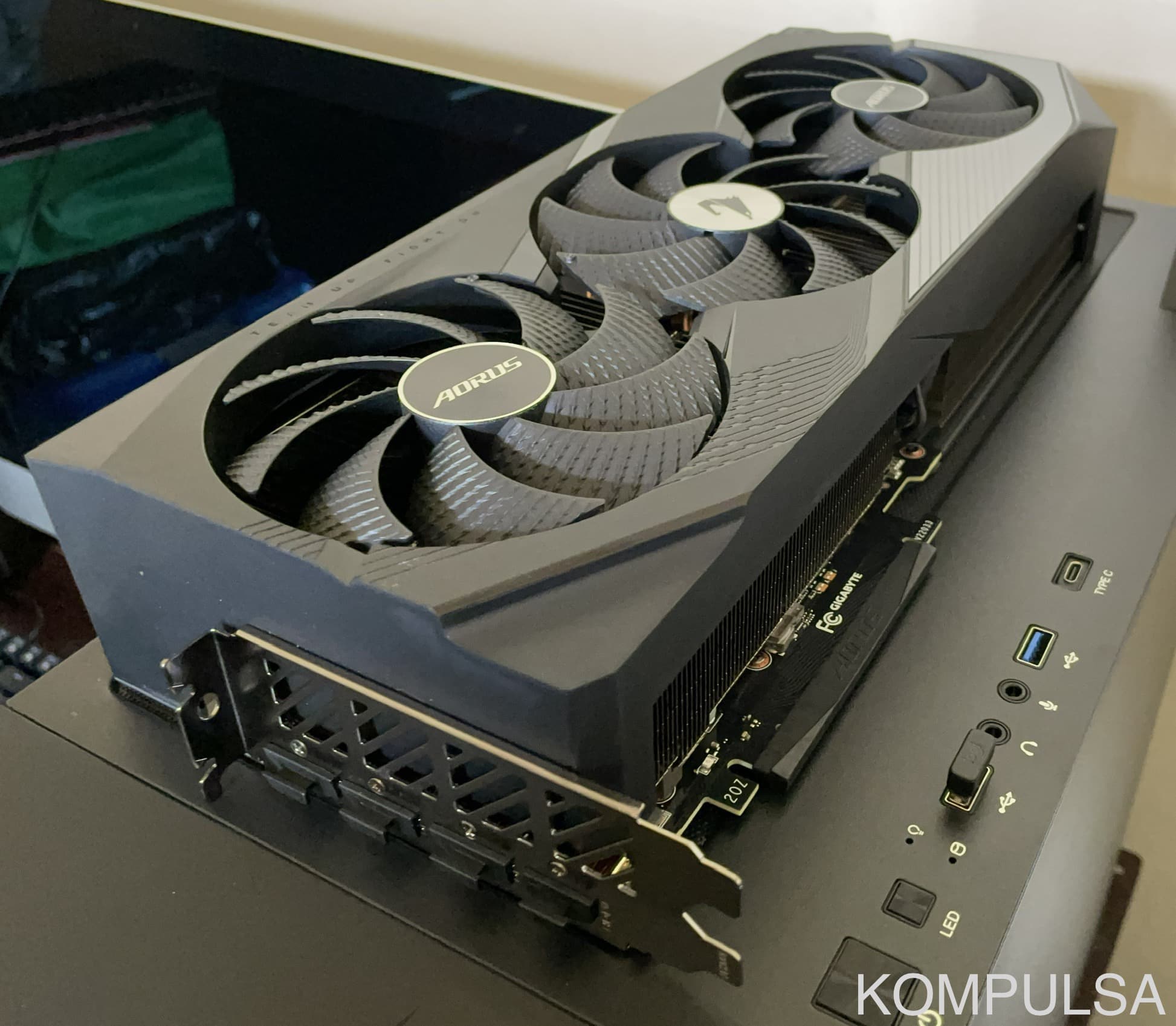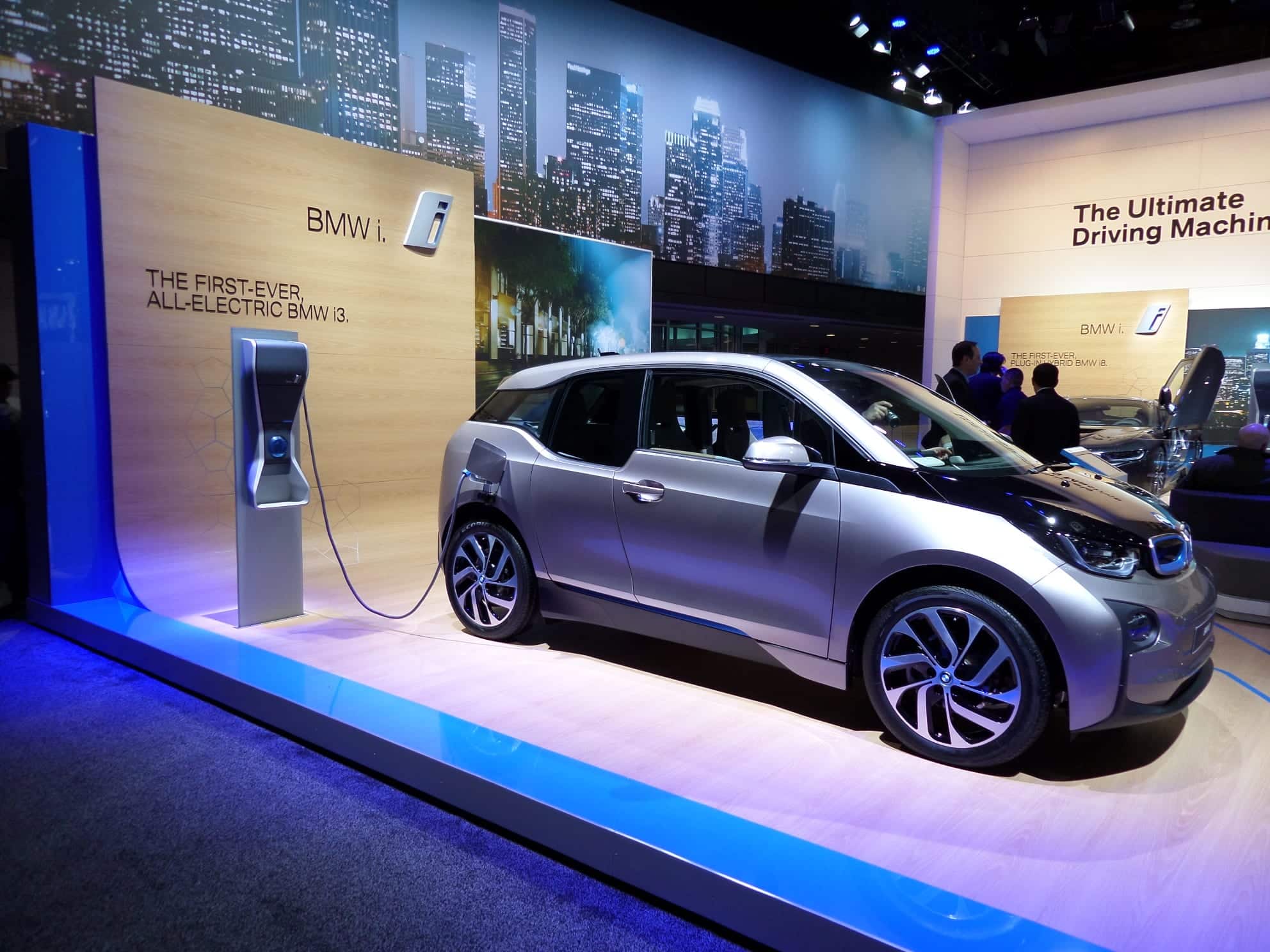During their long run of more than a century, incandescent light bulbs were easy to compare because they were mostly the same, so people just shopped for them based on wattage and they’d have an idea of their brightness. This meant that A 40-Watt incandescent bulb was about 450 lumens (11 lumens per watt), a 60-Watt bulb was about 700 lumens, and a 100-Watt bulb was 1,100 to 1,500 lumens). Their efficiency typically ranged from 10 to 15 lumens per Watt, and that hasn’t changed much for a very long time.
LED light bulbs on the other hand vary significantly due to rapid improvements in efficiency and brightness, so if you pick up an 8-Watt LED, it could easily range from 500 lumens to 800 lumens. You can’t count on any two LED bulbs to be the same, not even from the same brand. But that’s ok! The wattage of a light bulb was never a measure of brightness. The Lumen unit, however, is. It simplifies light bulb shopping, and is now commonly printed on the packaging.
Before you buy an LED bulb, you should first look at the wattage equivalent. For example: An LED bulb marked ’60-Watt equivalent’ is as bright as a 60-Watt incandescent light bulb, but it doesn’t actually consume 60 Watts. If you want a 60-Watt equivalent bulb, then the power consumption is likely to be in the 7 to 10-Watt range. 8 to 9-Watt bulbs are very common, so skipping over those 10-Watt bulbs won’t make your search difficult. It’s also a great way to reduce your electric bill and your environmental footprint.
Alternatively, you can look for the lumens per Watt (usually written as lm/W) rating on the bulb packaging and judge based on that instead. I don’t buy bulbs under 84 lumens per Watt, and to be realistic, bulbs exceeding (or even equal to) 100 lumens per Watt are rare. Nevertheless, a somewhat lengthy online search can find some over 100 lumens/Watt, such as the Philips 455717, which is 107 lumens/Watt and a bright 1,500 lumens (depending on the room size and fixture).
If you have a larger room to light (some commercial applications such as stores and offices, or you just have a large house), you’re actually in luck. Some of those are 130 lumens/Watt, like the Vonsolar 30-Watt bulb. It’s 3,900 lumens (300-Watt equivalent). A great combination of brightness and low power consumption.
Last but not least, choose your favourite colour temperature! Bulbs rated at 2,300K to 3,500K (Kelvin) tend to have a warmer colour temperature (a bit more on the yellow side), and they resemble incandescent light bulbs. Bulbs in the 4,000-5,000K range are neutral white. So they fall in between warm white and cool white. These are nice if you want to strike a balance between warm and cool. 5,000 to 5,500K is cool white, and 6,500K and upwards is downright chilly (joking, but these contain more blue light/are less yellow).








